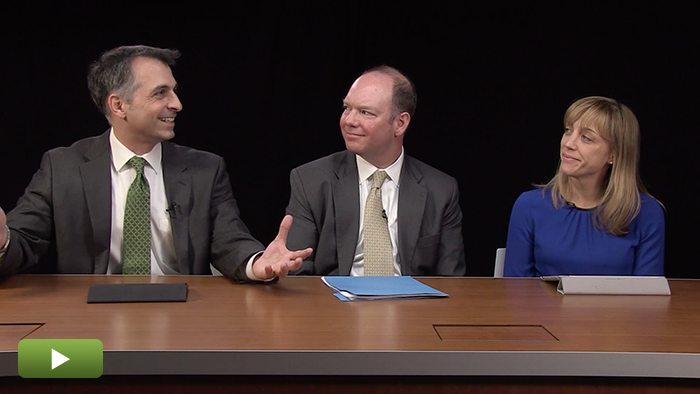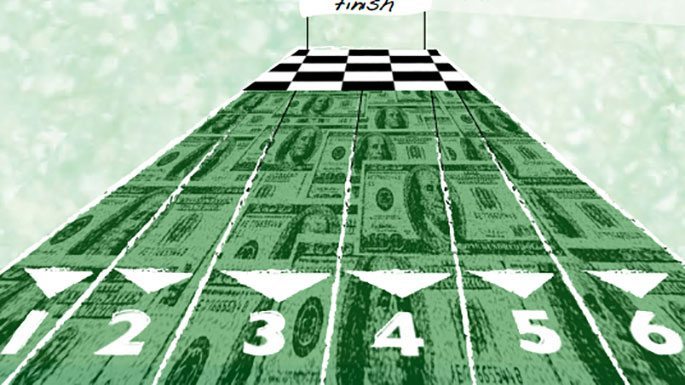The 2004 Vintage

Situated several years before a massive downturn, vintage-year 2004 is—unsurprisingly—a lackluster performer. But our experts say LPs exposed to the 2004 vintage did well compared to other asset classes.
For investors in funds launched in 2004, the big performance news is this: for that year at least, the notion that picking the right GP is essential to performance fell flat on its face. Strategy selection clearly won the day.
Data from Cambridge Associates peg the pooled average net IRR for the 2004 vintage at 11 percent; that’s at the low end of 10-year pooled performance numbers for funds launched in the preceding decade. But there is a strikingly narrow spread between returns of top-and lower-quartile funds. The top-quartile averaged 14 percent IRRs, versus seven percent for the lower-quartile. That seven percentage point difference is by far the smallest margin in relative performance among funds launched from 1994-2004. For example, top-quartile funds from 2001 returned 36 percent; the lowest-quartile returned 10 percent.
The 2004 numbers surprise Kevin Kester, a managing director at Siguler Guff, “I would have thought that some managers in that 2004 vintage would have quickly invested their capital in ’04 and ’05 and been able to exit or recap businesses in ’06, ’07 and early ’08 and generate higher IRRs at the upper-quartile level,” Kester says.
The 10-year mark is useful for drawing solid conclusions. “Most funds don’t really settle into their ultimate performance levels from an IRR perspective for six to seven years,” says Andrea Auerbach, managing director and head of private investment research at Cambridge Associates. “Taking a look 10 years on, things should be settled in terms of how it’s all going to end.”
StepStone Group partner Michael Elio is more impressed by the respectable showing of funds in the lower quartile. “Those funds had an average net IRR around 7 percent, which pretty much beats half the years since 1986,” says Elio.
Overall, Kester says, it’s important to assess a vintage year within a broader context. In 2004, for instance, the economy was emerging from the dot-com crash.
“Looking at the numbers, what we see is some correlation between coming out of recessionary periods and funds formed at the peak of the market, versus the bottom of the market,” says Kester. “In 2004, you’re on an upswing. You’re starting to get loftier valuations, loftier entry multiples, and leverage is starting to come back. So we’re likely to see ’04 look more like 2012, 2013, or even where we are today.”
Further breaking down the 2004 data, it becomes clear that certain strategies greatly outperformed others. Perhaps the biggest winners were energy funds, which boasted an average performance of 19.49 percent. Are managers of these funds smarter or were they just lucky?
“The energy space in the mid-2000s just boomed,” Elio says. “There are very few funds that I’ve seen go ‘full cycle,’ but there are a few energy funds that invested very quickly during that time period, exited those investments fully, and now no longer exist. So it was a good era.”
By contrast, growth equity funds are the clear laggards, with a scant 4.24 percent net IRR. “A lot of growth equity managers may have been investing a tad more in venture-like investments as opposed to more classic growth equity as we’ve come to define it today,” Auerbach explains. “So that could easily be a factor in the performance of the growth equity category within the ’04 benchmark.”
Other notable performers were European buyout funds, which outpaced their U.S. competitors, returning around 13 percent, compared to 10.63 percent for U.S. funds.
One of the most important statistics in private equity, at least for limited partners, is the distributions to paid-in multiple. The DPI for the 2004 vintage year stands at 1.02 percent, which means that LPs are basically back to even.
“The average DPI from ’86 to ’04 is about 1.4 times,” Auerbach says. “So 2004 is pretty bad in terms of getting your money back on a timely basis. But there’s still money on the table that we’re waiting to see.”
Kester believes the lingering effects of the last recession may still be affecting the 2004 DPI. “For 12 to 18 months, there were a couple quarters where literally no deals were getting done,” he says. “That had to take its toll on that 2004 vintage. My guess is that the duration of the 2004 vintage year is certainly going to be longer.”
So what’s the takeaway for LPs? Should they continue to invest in an asset class where they put in a dollar and 10 years later they get that dollar back? That’s a long time to wait, even though there is certainly still value to be harvested in the 2004 portfolio.
“That’s part of the bargain to get those outsized returns,” Elio concludes. “That said, we’re in a much more mature market today, so I’m hoping that, with more liquidity in the public markets, we’ll get more liquidity in our market as well.”
Launched several years before a massive downturn, vintage-year 2004 is—unsurprisingly—a lackluster performer. But our experts say investors did well compared to other asset classes.

